On April 29, the Bureau of Land Management (BLM), under the Department of the Interior (DOI), held an auction for oil and gas leases on federal land in Montana and North Dakota. The sale offered eleven parcels totaling 4,266 acres—all of which were leased. This was the fourth federal onshore lease sale of 2025, following previous auctions in New Mexico, Montana and North Dakota, and Nevada.
| State | Acres Offered | Acres Sold | % of Acres Sold | Total Bid Revenue | Avg. Bid | Avg. Bid
2015-2024 |
Total Revenue |
| MT | 2 | 2 | 100% | $24,633 | $10,341/acre | $58/acre | $27,742 |
| ND | 4,264 | 4,264 | 100% | $3,342,257 | $784/acre | $1,532/acre | $3,386,055 |
| Total | 4,266 | 4,266 | 100% | $3,366,890 | $789/acre | N/A | $3,413,797 |
–
In Montana, one parcel containing 2 acres of federal land was leased for oil and gas development at an average bid of $10,341/acre. In North Dakota, ten parcels containing 4,264 acres of federal land were leased for oil and gas development at an average bid of $784/acre. The average bid is significantly lower than the state’s10-year average, as well as the results from the state’s January auction ($11,386/acre).
These lease sales include critical reforms, first passed in 2022, that have helped modernize oil and gas development by ensuring companies pay competitive market rates and reducing financial risks for taxpayers. These changes include:
- Higher royalty rates: Increased to 16.67% from 12.5%, still lower than rates charged by states like Texas.
- Updated rental rates: $3/acre for the first two years, $5/acre for years 3-8, and no less than $15/acre for years 9-10 (up from outdated 1987 rates set under President Reagan at $1.50/acre for years 1-5 and $2/acre for years 6-9).
- Increased minimum bids: Raised to $10/acre from $2/acre set in 1987.
- End of noncompetitive leasing: Requires entities to submit a minimum bid at a competitive auction.
- Modernized bonding requirements: Updated bonding rates, adjusted for the first time since the 1950s and 1960s to better reflect market conditions and protect taxpayers from costly cleanup liabilities.
- More strategic leasing: Focusing on appropriate locations makes auctions more competitive and ensures oil and gas production benefits taxpayers.
A recent TCS analysis of federal onshore lease sales in 2024 shows a strong fiscal case for maintaining critical updates to the onshore oil and gas leasing program. Last year, lease sales across all states averaged $2,149/acre, generating more than $164 million at auction. These high bids underscore how recent reforms have strengthened the leasing process, leading to higher returns for federal and state taxpayers. Since half of all federal leasing revenue is shared with the state where leasing occurs, these reforms directly benefit state budgets.
Prior to the changes enacted by Congress in 2022, taxpayers lost billions in potential revenue due to below-market royalty rates, particularly in states with significant oil and gas production like North Dakota. If the current royalty rate of 16.7%—instead of the outdated rate of 12.5%—had been applied to oil and gas production on federal lands in North Dakota from FY2013 to FY2022, taxpayers would have received an additional $1.2 billion in revenue. According to BLM estimates, updated fiscal rates—including roylaty rates, minimum bids, and rental fees—are expected to generate $12.7 billion for federal and state taxpayers between 2023 and 2042.
Taxpayers have also faced substantial liabilities from under-bonded wells on federal land. Companies that extract publicly owned assets for private profit must pay to clean up after themselves. However, outdated bonding requirements failed to account for rising cleanup costs, leaving taxpayers on the hook when operators walked away from their obligations. At the end of FY2022, there were 5,374 oil and gas wells producing oil and gas on federal lands in Montana and North Dakota. Using average reclamation costs in the state, TCS estimated that active wells in these states may have been under-bonded by $621.2 million combined. Across the country, the BLM estimates updated bonding requirements will save federal taxpayers $1.3 to $3.8 million annually in avoided plugging and reclamation expenses.
Updated leasing policies are essential to ensuring fiscal accountability and protecting taxpayer dollars by appropriately valuing America’s natural resources. Speculators may acquire leases to federal land not to produce oil or gas, but to profit—whether by flipping leasing rights or inflating acreage figures to attract investors. Requiring competitive lease sales reduces speculation, minimizing the idle acreage held by companies and keeping federal land with low oil and gas development potential open for more productive uses like hunting, recreation, conservation, or development of other energy and mineral resources—maximizing taxpayer benefits.
American taxpayers own our nation’s federal lands and must be provided a fair return for the resources within it. Smart leasing practices can support domestic energy production, raise important revenue for taxpayers, and protect us from future costs.
- Photo by Documerica on Unsplash


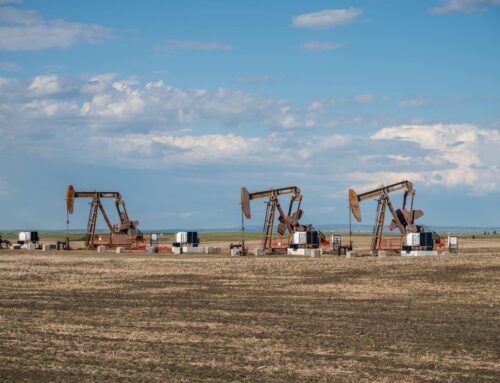


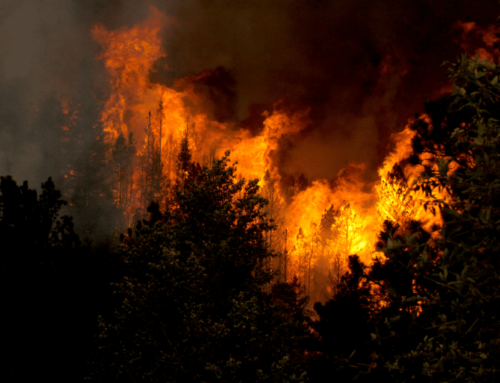
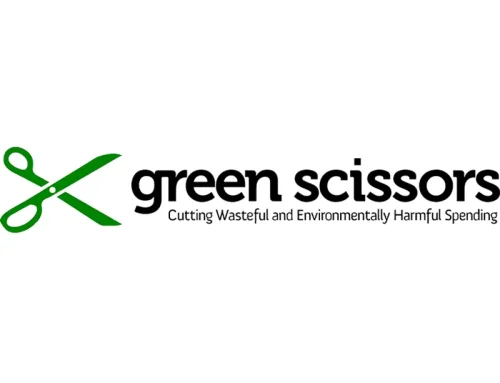
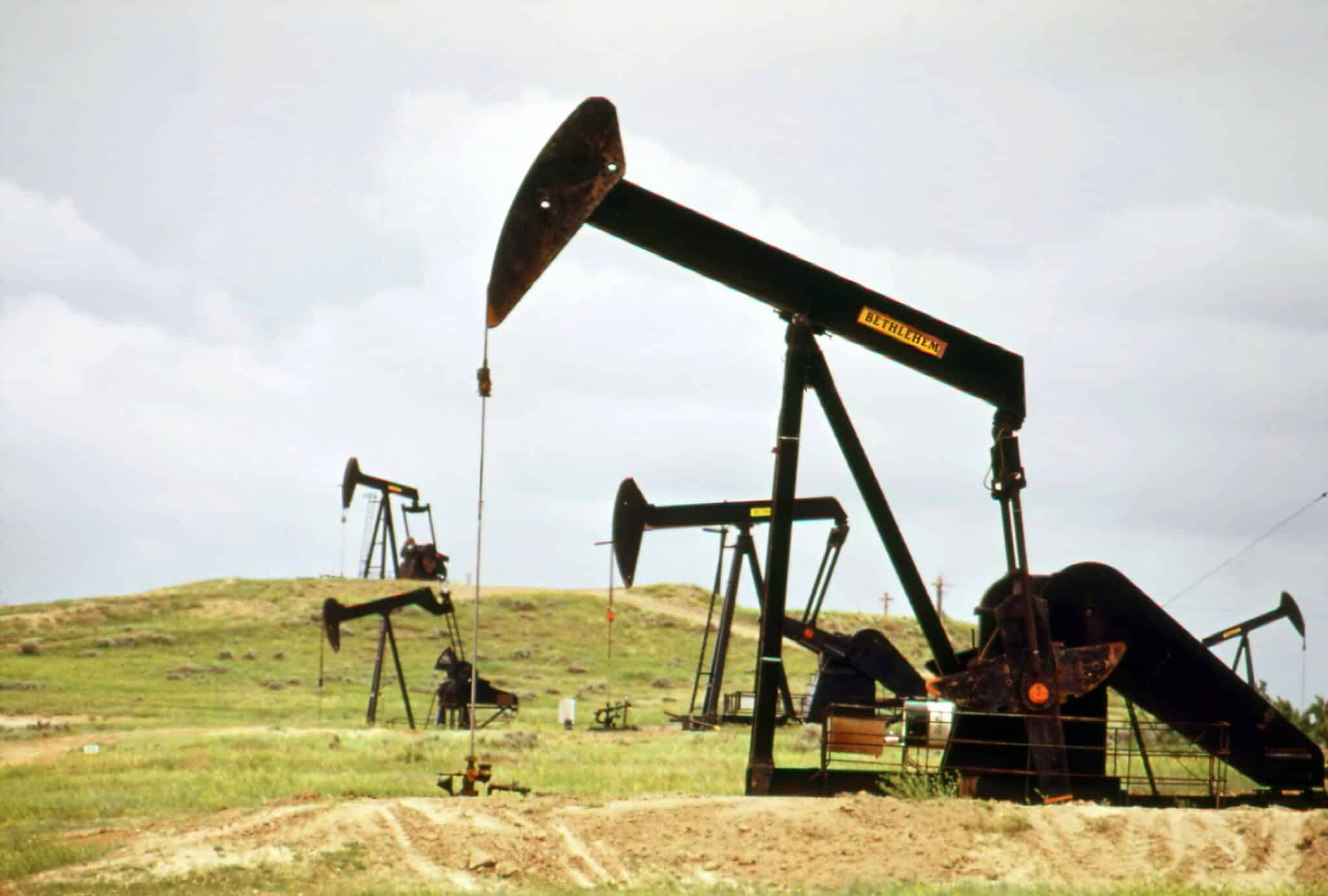

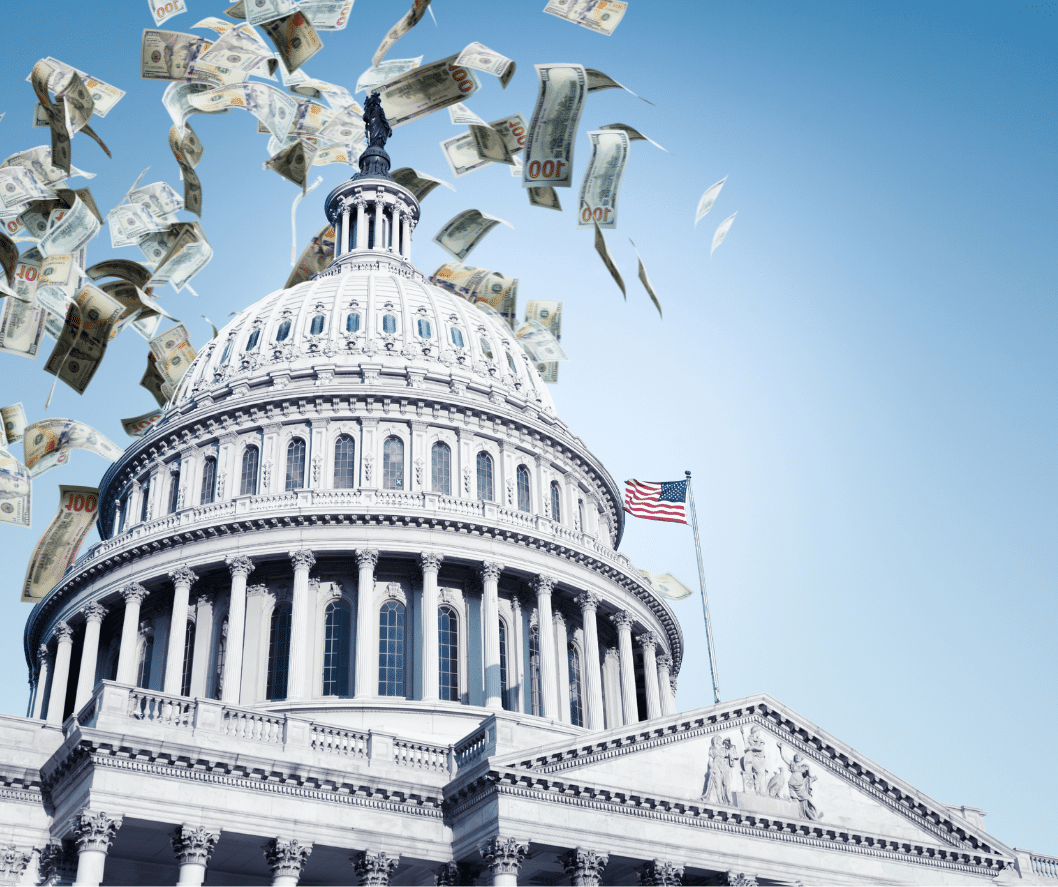
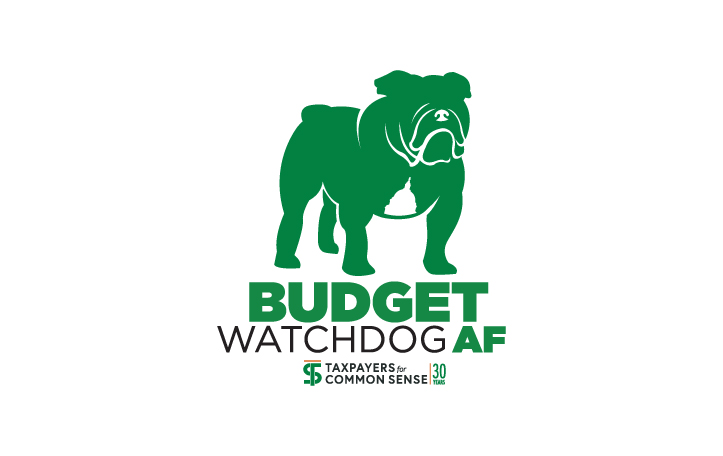
Get Social